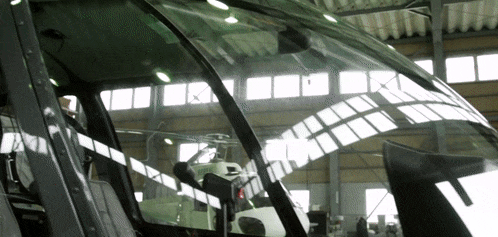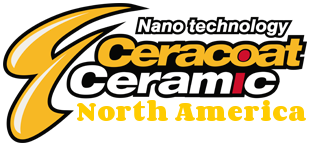Restore, Maintain and Protect your Engine. Guaranteed Protection.
Advantages of using Ceracoat™ Aviation nanocoatings in aerospace and aviation include reduced carbon footprint, fewer cleaning and maintenance costs, protection against corrosion and erosion and reduced ice accretion. Ceracoat™ Products nanocoatings are also allowing for fuel-burn savings through drag reduction. Aviation, especially military aviation suffers high maintenance costs which can be alleviated with the use of anti-corrosion nanocoatings. Multilayer structure, temperatures resistant, thermal shock, corrosive and erosive wear-resistant nanocoatings are also increasing in application in turboengines, increasing their service life considerably.
Ceracoat™ Products nanoparticle coatings can also facilitate crack healing, resulting in improved high-temperature, strength and creep resistance. Also fluid erosion is a common problem for both aero and industrial gas turbines. During operation, aero engines are exposed to rain, water spray during landing and take-off, and compressor washes. Water fogging systems to reduce inlet air temperature, exposure to oil mist during operation, and compressor washes are typical sources of fluid erosion for industrial applications. Our Ceracoat™ Speacial Metal coating offers effective protection against fluid erosion. As seen from the leading edge images to the right, the Ceracoat™ Speacial Metal coating shows no sign of distress after 9 times more exposure to fluid droplets than the uncoated specimen.


A ENVIRONMENTALLY SAFE, PURE NANOTECHNOLOGY CERAMIC THAT LEADS TO BETTER PERFORMANCE
Ceracoat™ Products swiss nanotechnology can be easily installed on new and existing surfaces in homes,businesses, vehicles and many other environments. Ceracoat™ Products nanochemistry can be applied to most surfaces containing silica (silicon dioxide) such as glass, ceramic tile, porcelain, granite and quartz. The covalent bond forms an ultra-thin protective layer of optically clear material which makes the surface significantly easier to clean and resistant to weathering. The method is done at nano-scale levels, which is a length scale ranging from approximately 1 to 100 nanometers (1 nanometer is 1 billionth of a meter). The bond created in the process is a covalent bond. A covalent bond means that the coating actually shares electrons with molecules in the glass/paint/wood/plastic/chrome/metal ect.. itself, thus becoming part of the surface. Covalent bonds are approximately 10 times stronger than hydrogen-bridge bonds, which are commonly used in most other water repellent coatings.
